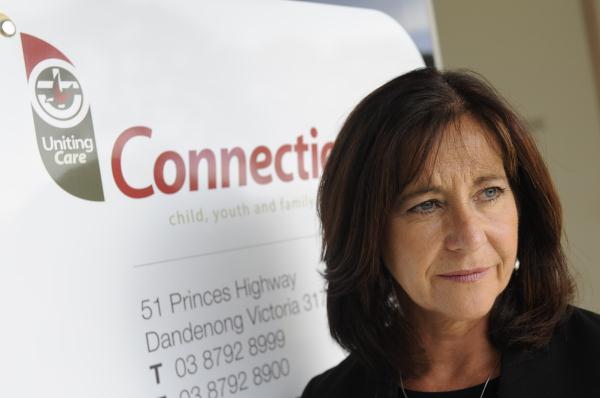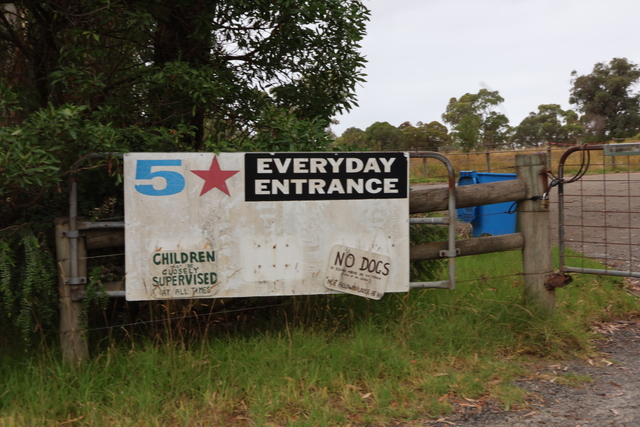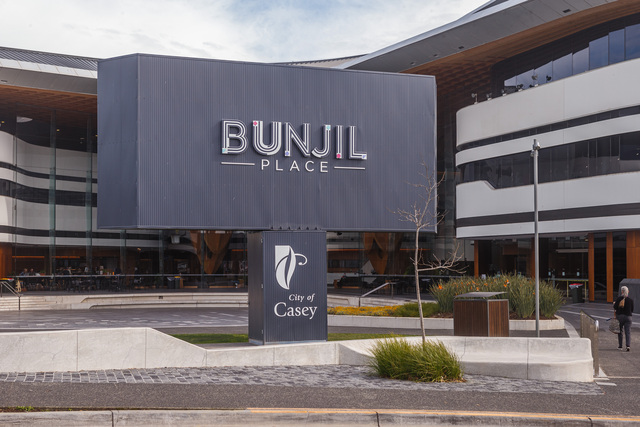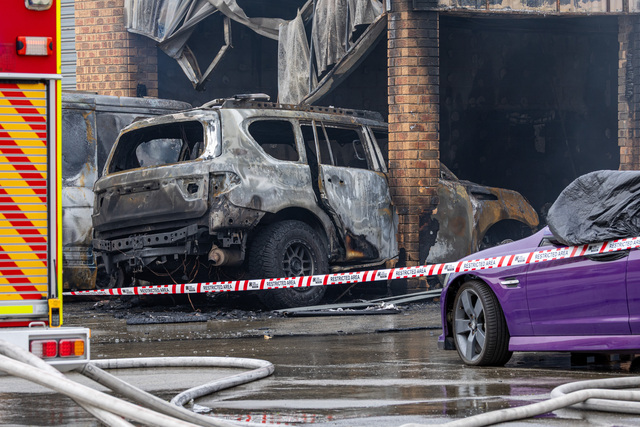By BRIDGET COOK
CASEY police and family welfare providers are working to help support women and children to get out of violent family homes.
A team from the Department of Human Services is set to join the Casey Family Violence Unit, which works out of Cranbourne Police Station, to focus on child protection.
Sergeant Ian Lane from the family violence unit said the team will focus on child safety in family violence related matters.
“We were planning on getting the team here by the start of this month but we expect them to join us sometime in the next month or two,” he said.
Community services organisation Connections UnitingCare has also partnered with Pakenham Police Station to begin a pilot project called the Family Violence Linkages Program.
The program aims to support women and children by providing them with the resources and linkages they need to facilitate them leaving their current situation.
Connections general manager Trish Chapman said her organisation would love to roll the program out in Casey as well if it could secure the funding needed to support the other services provided from its Cranbourne and Narre Warren offices.
Ms Chapman said Connections was responding proactively to the increasing prevalence of violence against women and children in the community.
She said the organisation was concerned for the safety of women in violent family situations if more was not done to support women and their children once the decision to leave the family home was made.
“Many women whose homes are attended by police do not engage well with services,” she said.
“We need to find ways to empower women to feel safe and supported to take their children and leave such situations.
“We know that the number of women reporting family violence to police is increasing but, at the same time, a significant number of these women are subsequently compromising in their own safety and that of their children by not following through with intervention orders.
“Many women are fearful of continuing with the order due to fears of retaliation from the perpetrator, embarrassment within their local community but, most importantly, because many do not know where they can go once the police and others have left.”
The family violence statistics in Casey are damning, with the area having the highest incidence in the state.
Ms Chapman said family violence was one of the top five issues coming through its family services referrals in Casey.
“Some of the Victorian Police statistics from 2013 showed that 70 per centre of the workload out of the Cranbourne Police Station was related to family violence.
“The City of Casey also has the highest raw volume of family violence incidences in the southern division where children are involved.”
Ms Chapman said Connections wanted to work with Casey police to support women and children.
“Police are in agreement that we need to try and strengthen local processes between when a women presents to police and then connect them in the best way possible to the services available,” she said.







